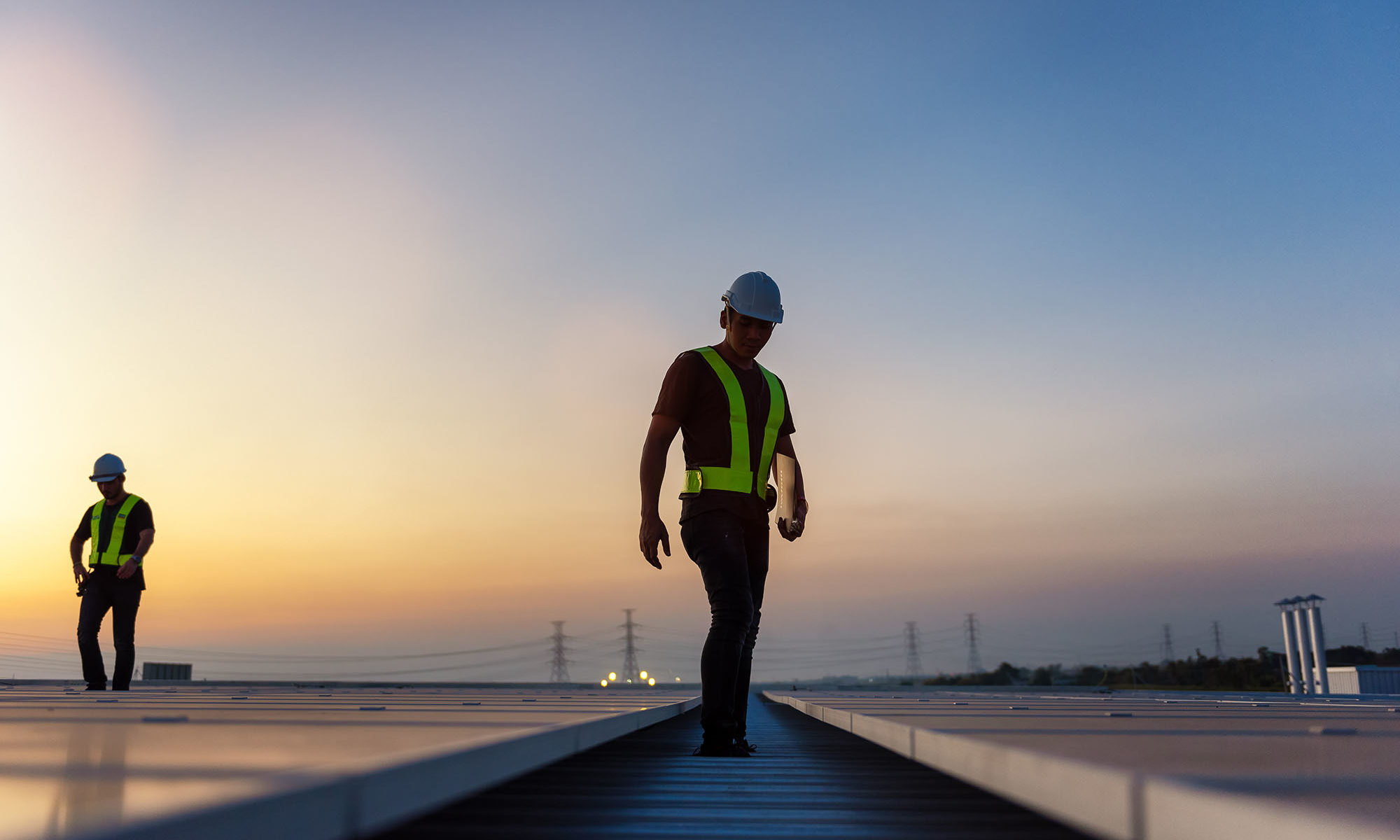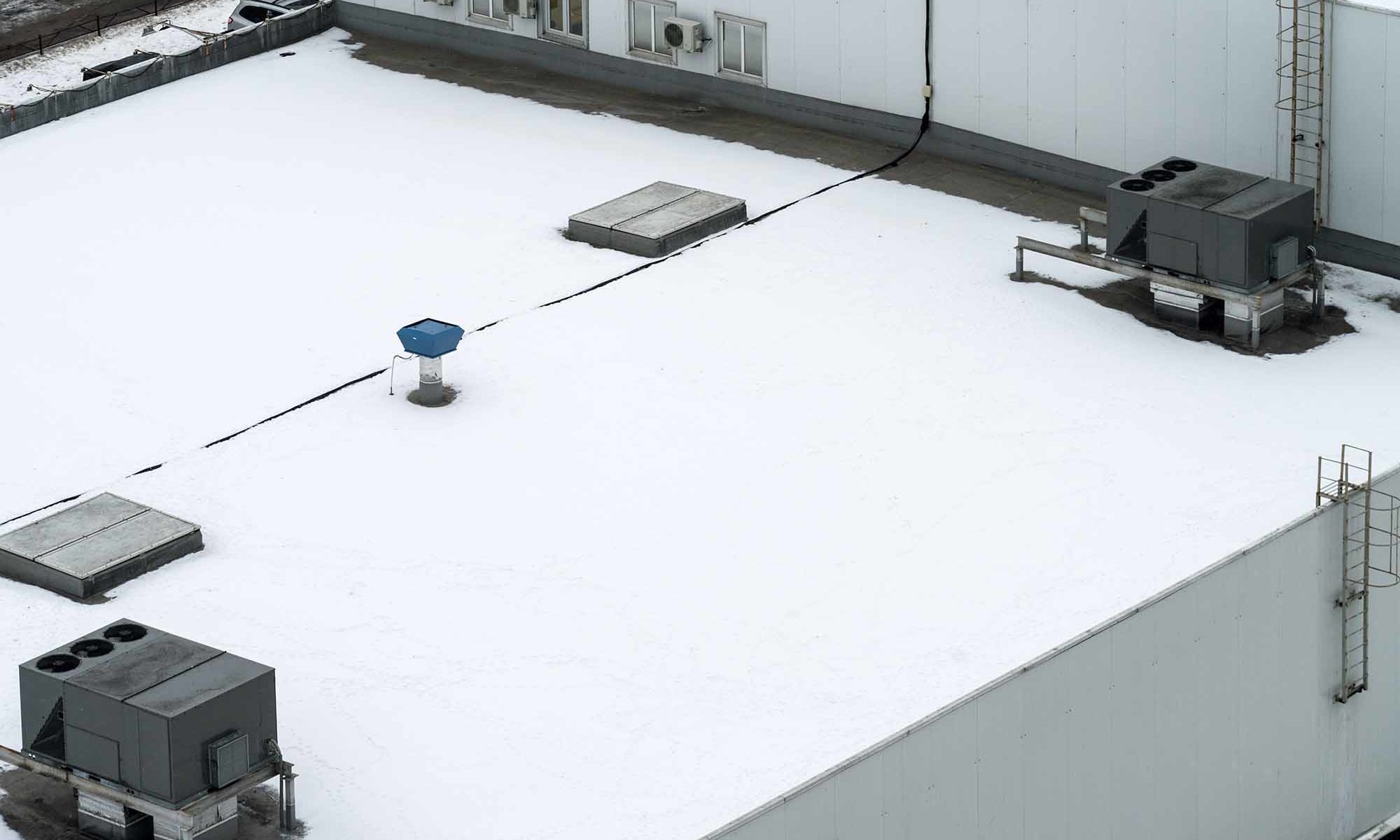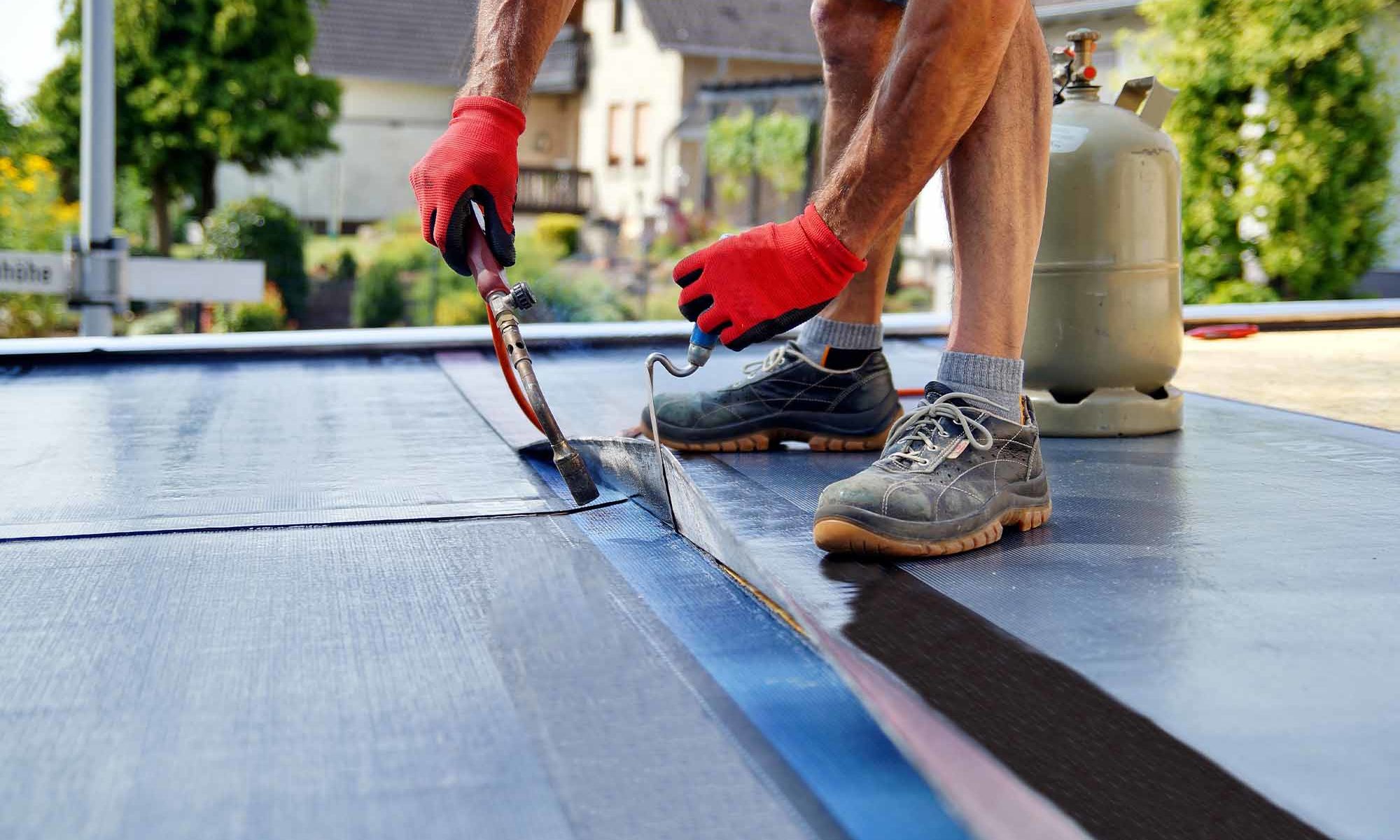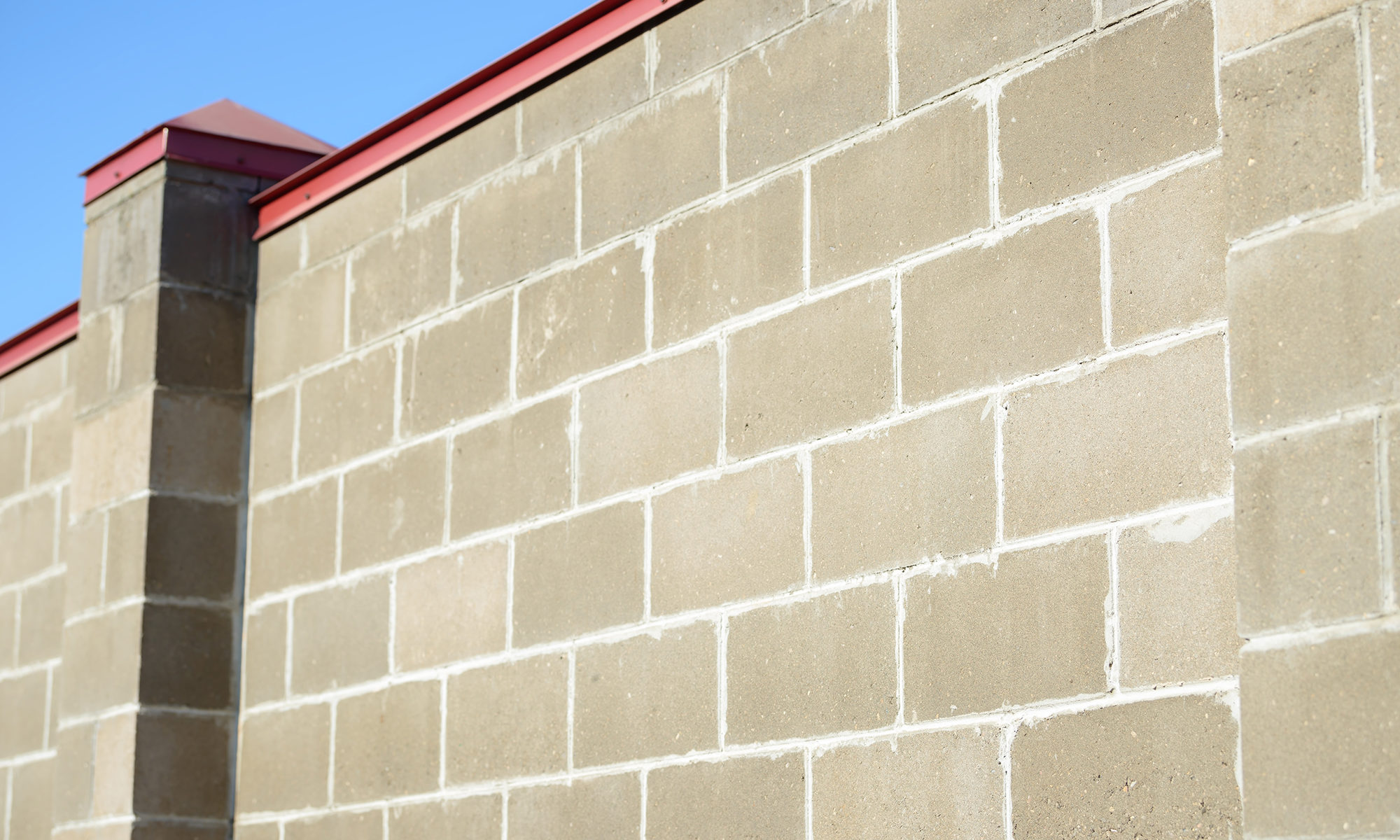Roofing companies are so familiar with the huge variety of roofing materials that they forget how most people struggle to tell them apart. That’s why we created this guide to help you better understand two of the most popular roof types: TPO and EPDM. Keep reading to learn the difference between the two and find out which one is a good fit for your business.
What Is TPO Roofing?
Let’s first understand what makes each roofing material unique.
Thermoplastic polyolefin (TPO) roofing is a single-ply membrane roofing system. TPO is considered to be the most affordable, energy efficient, and easy to repair since its creation in the 1980s. TPO is ubiquitous—40% of all commercial roofing projects today involve the use of TPO.
The Benefits of TPO Roofing
TPO is popular for a reason. It’s benefits include:
Water Resistance
The last thing you want is water leaking into your place of business. TPO’s membrane is designed to prevent leaks that could not only ruin the paint and plaster, but also damage the ceiling, floor, and even foundation. The results are dangerous facility conditions that can hurt employees or clients. Concerned about leaks? TPO is the ultimate choice for a water-proof roof.
Cost Effectiveness
Are you looking for the most bang for your buck? TPO roofing systems are more affordable in every way. The low up-front costs, easy mid-term maintenance, and over 30-year lifespan make TPO roofs an affordable and energy-efficient investment. Whatever timeframe you’re looking at, TPO is an extremely economical roofing choice.
Toughness
TPO is tough and capable of handling anything. It brushes aside common roofing challenges like thermal shock or severe weather. Come hail or high water, TPO is built to last. Its unique synthetic composition is reinforced with a polyester scrim that’ll hold up to any test. If you need a tried-and-true roofing material that you can have confidence will last, turn to TPO.
What Is EPDM Roofing?
Ethylene Propylene Diene Monomer (EPDM) roofing is a single ply roofing membrane that’s been an industry mainstay since the 1960s. EPDM is composed of a synthetic rubber blend that is extremely durable—EPDM roofs can have a life span of 30 years or more! When looking at TPO vs. EPDM, EPDM can usually last a bit longer.
Considering this extreme lifespan, you may be surprised to hear that EPDM is cost effective too. When comparing TPO vs. EPDM, EPDM is only slightly more expensive. However, EPDM roofing is extremely easy to install.
The Benefits of EPDM Roofing
EPDM hasn’t stuck around since the 1960s for nothing. The benefits of EPDM roofing include:
Simple Installation
When comparing TPO vs. EPDM, EPDM is simpler to install. In fact, EPDM is one of the easiest roofing materials to install in general, keeping installation time and labor costs low. If time is of the essence, an EPDM roof may be the right choice. EPDM also has a much shorter lead time than TPO because of lower demand, meaning that your installation can get done fast.
Installation Options
EPDM is extremely flexible. There are a huge variety of installation options that make EPDM suitable for every timeline and budget. The four main types of EPDM roofing installations are:
Ballasted EPDM
A ballasted installation is the most common type. You can recognize a ballasted EPDM roof by the layer of stones or rocks on top. Those stones are referred to as “river rock” and make up the top layer of some EPDM roofs. They fix the roof in place and prevent strong winds from tearing it off.
Mechanically Attached EPDM
A more cost-effective alternative to a ballasted EPDM installation is a mechanically attached EPDM roof. While this option is definitely affordable, we generally wouldn’t recommend it for larger commercial buildings that are susceptible to strong winds.
Adhered EPDM
An adhered EPDM roof uses a chemical adhesive that glues it to your roofing system and creates a smooth, consistent surface. This option has durability comparable to a ballasted EPDM system with a clean, appealing finish.
Insulation Options
EPDM offers a wide-variety of insulation types with different R-values, which measure how well a building is able to retain heat. A greater R-value correlates to more effective insulating properties. The three insulation types that can be attached to EPDM are:
Polyiso Insulation
Polyiso insulation has extremely strong insulating properties and is the most popular choice, but it is not suitable for certain buildings with fire restrictions.
EPS Insulation
EPS insulation is the most economical option. Its insulative properties aren’t as strong as the other types but it offers a higher R-value per dollar.
XPS Insulation
XPS insulation bridges the gap between the two other types, offering a balance of insulative strength and cost.
TPO vs. EPDM: The Bottom Lin
Now that we understand what differentiates TPO vs. EPDM, which one is right for your business?
You Should Choose TPO Roofing Material If
You’re looking for a tried-and-true roofing system that saves money on installation and energy costs.
You Should Choose EPDM Roofing Material If
You need a custom roof that fits your installation needs, lasts as long as possible, and can get installed fast.
TPO, EPDM, and Beyond, Simpson’s Got You Covered
Regardless of what roofing material you’re interested in, Simpson does it all. We’ve been installing TPO, EPDM, and other roofing systems for 30 years. We’ve worked with every type of building and industry, and left them all satisfied. Whatever your roofing needs, turn to Simpson.









